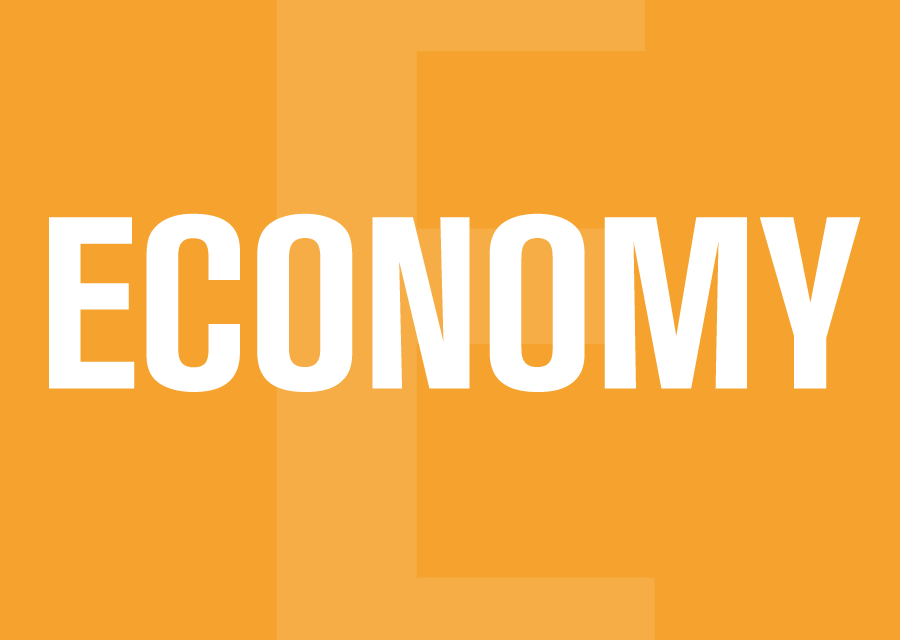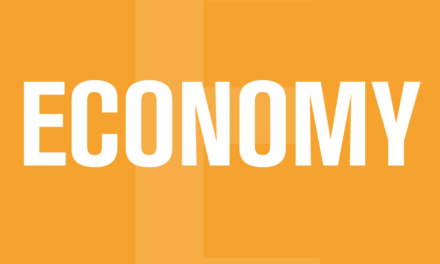Jason Kenney just could not resist looking the gift horse in the mouth. The Alberta premier this week greeted his province’s five-year $3.8 billion child care agreement with the federal government by mumbling about getting $3.8 billion “paid by Albertans to Ottawa back to Alberta.” Then he complained about Quebec getting a better child care deal because it came with no strings attached (omitting to mention that no strings were needed because Quebec has already achieved the affordable child care that’s the purpose of the exercise).
This display of unneighborliness came after the Prime Minister and a clutch of cabinet ministers had made the trek to cold and snowy Edmonton to celebrate Alberta as the eighth province to join the country’s long-awaited national child care plan.
In normal times, Kenney’s turn as ungracious host would have been bad enough. His suggestion that all of the child care transfer from Ottawa will be cash collected from Alberta taxpayers – a nod to what’s left of his base – is simply wrong. For every dollar of revenue the feds collected last year, less than 15 cents cam from Alberta. And it’s hardly news that because incomes in resource-rich Alberta are the highest in Canada, Albertans as a whole pay more in federal income taxes than less favoured Canadians.
But Kenney’s boorish performance was made worse by the fact these are not normal times. We are closing in on two years of a pandemic that has changed, at least temporarily, the fiscal structure of the federation. And by far the main beneficiary of that pandemic-induced change has been Alberta where federal spending nearly doubled between 2019 and 2020. To use Kenney’s framing, last year federal taxes paid by Albertans to Ottawa came back to Alberta at an unprecedented rate.
According to Statistics Canada’s recently released Revenue, expenditure and budgetary balance (Table 36-10-0450-01), the federal government spent $62 billion in Alberta in 2020, nearly double the $31.7 billion spent the previous year. The year-over-year increase was by far the largest in any province. Next in line were British Columbia and Ontario, both seeing increases of just under 70 per cent in federal spending within their borders.
Table 1: Federal expenditure by province or region
|
| 2019 | 2020 | Increase |
| All Provinces and Territories | $350.6 billion | $568.7 billion | 62.2% |
| Alberta | $31.7 billion | $62.0 billion | 95.6% |
| British Columbia | $39.7 billion | $67.0 billion | 69.0% |
| Ontario | $124.8 billion | $209.9 billion | 68.2% |
| Quebec | $79.9 billion | $128.5 billion | 60.7% |
| Atlantic Canada | $34.3 billion | $46.1 billion | 34.4% |
Source: Statistics Canada Table 36-10-0450-01
As Table 1 shows, federal expenditures in all provinces and territories combined increased by 62.2 per cent in 2020, with increased spending in Alberta nearly three times greater than the increase in Atlantic Canada.
Fiscal balance upended
It’s not a surprise that pandemic spending would have major impact on revenue and expenditure patterns across the country. As discussed in a previous post, all of the money that the federal government was spending on pandemic relief programs was expected to leave every province with a “negative fiscal balance.” In other words, because of costly pandemic programs like the wage subsidy (CEWS) and CERB Ottawa would spend a lot more in every province than it would collect in taxes. In 2019, the opposite was the case in three provinces; Alberta, British Columbia and Ontario. The other seven provinces and the three territories received more in spending than they contributed in taxes – a reality that has prevailed through most of recent history.
University of Calgary economist Trevor Tombe predicted last year that pandemic spending would move Alberta from its usual positive balance – about $4,000 per person in 2019 – to a negative of $5,000 per person in 2020. As it turned out, based on the latest Stats Canada numbers, Alberta’s positive balance in 2019 was about $3,800 and the negative balance in 2020 about $3,200 per person.
Although lower than predicted the swing from positive to negative of some $7,000 per person was the highest of any province. It was nearly $1,000 more than second highest Ontario and almost 40 percent above the lowest province, Newfoundland and Labrador. For the country as a whole, the increase in deficit per person in 2020 was about $6,000. So it could be said that Alberta contributed more per person to the federal government’s 2020 deficit than any other province.
And there’s another fact that challenges the world according to Jason Kenney and his ally Scott Moe, who wants Saskatchewan recognized as “a nation within a nation.” The pandemic response is not a one off, federal spending in the west has increased sharply since fossil fuel prices dropped in the middle of the last decade.
Table 2: Increase in Per capita federal spending by provinces
| Province | 2015 | 2020 | Increase |
| Alberta | $6,020 per capita | $14,027 per capita | 133.0% |
| British Columbia | $6,506 per capita | $12,991 per capita | 99.7% |
| Saskatchewan | $7,740 per capita | $15,120 per capita | 95.3% |
| Ontario | $7,360 per capita | $14,233 per capita | 93.4% |
| Quebec | $7,864 per capita | $14,975 per capita | 90.4% |
| Manitoba | $9,621 per capita | $16,105 per capita | 67.4% |
| Atlantic Canada | $12,367 per capita | $18,847 per capita | 52.4% |
Source: Statistics Canada Table 36-10-0450-01
The deluge of new federal spending in Alberta last year pushed per person expenditure to over $14,000. As table 2 shows, that represents an increase of 133 percent since the Trudeau government came to power in 2015, by far the highest of any province over that period. Saskatchewan came in third highest, adding further irony to the continuing unpopularity of the Liberals on the prairies.
As I wrote last spring “the Atlantic Provinces will also see increased negative balances, but indications are the increases will be significantly less than provinces like Alberta and Ontario whose economies have been hit much harder, making them more reliant on federal help.”
That has indeed turned out to be the case, although the Atlantic Provinces face no immediate prospect of losing their status as the biggest per capita recipients of federal expenditures. However, as Table 2 shows, at $12,367 per capita federal spending in Atlantic Canada was more than twice that of Alberta in 2015. In 2020, the difference was only 34 per cent.
With Ottawa continuing to spend heavily on pandemic relief programs it’s possible that the narrowing trend that began in 2015 will continue when final numbers are in for this year. In the meantime the expenditure facts for 2020 stand as a rebuttal to certain whiny premiers.
-30-





